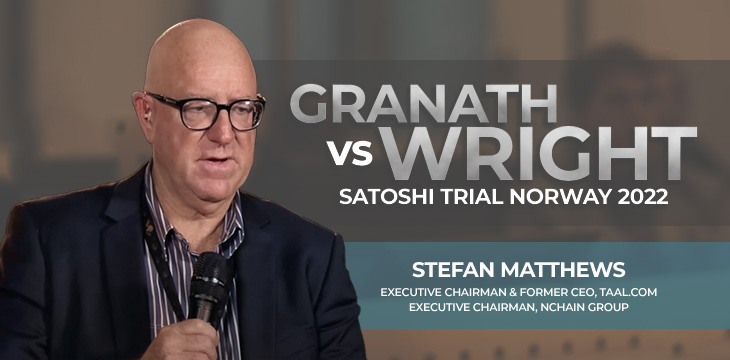Under cross-examination from Magnus Granath’s counsel, Stefan Matthews’ memory is probed on specific dates and details regarding the white paper draft, signing sessions, blog posts, and negotiations.
Click here to read the full article.
Recommended for you
Blockchain is moving from anti-bank roots to regulated financial infrastructure, enabling enterprises to adopt secure chains and drive a digital...
January 21, 2026
Bermuda teams up with Coinbase and Circle to launch an onchain economy and expand USDC payments, while India wants BRICS...
January 21, 2026

 01-21-2026
01-21-2026 




